- Consider how much direct sunlight your balcony gets. And watch where the most sunlight is directed. This will be important to choose the right pants for your balcony.
- Choose large enough containers to accommodate growing and fruiting plants. Choose containers with holes on the bottom for drainage.
- Prepare gardening supplies
- Choose vegetable varieties that are right for how much direct sunlight your garden gets.
- Choose a high yield that would not grow too large for your pots, or balcony space.
- Use good quality potting soil.
- Always water your vegetable balcony garden thoroughly and deeply.
- Feed your plants and follow care instructions.
- Never let the soil in the pots completely dry out, which as result will stress the plants.
- Make sure your balcony’s construction is strong enough to carry the additional weight of the garden including heavy moist soil in addition to your weight and the weight of the number of people that would be in the garden space.
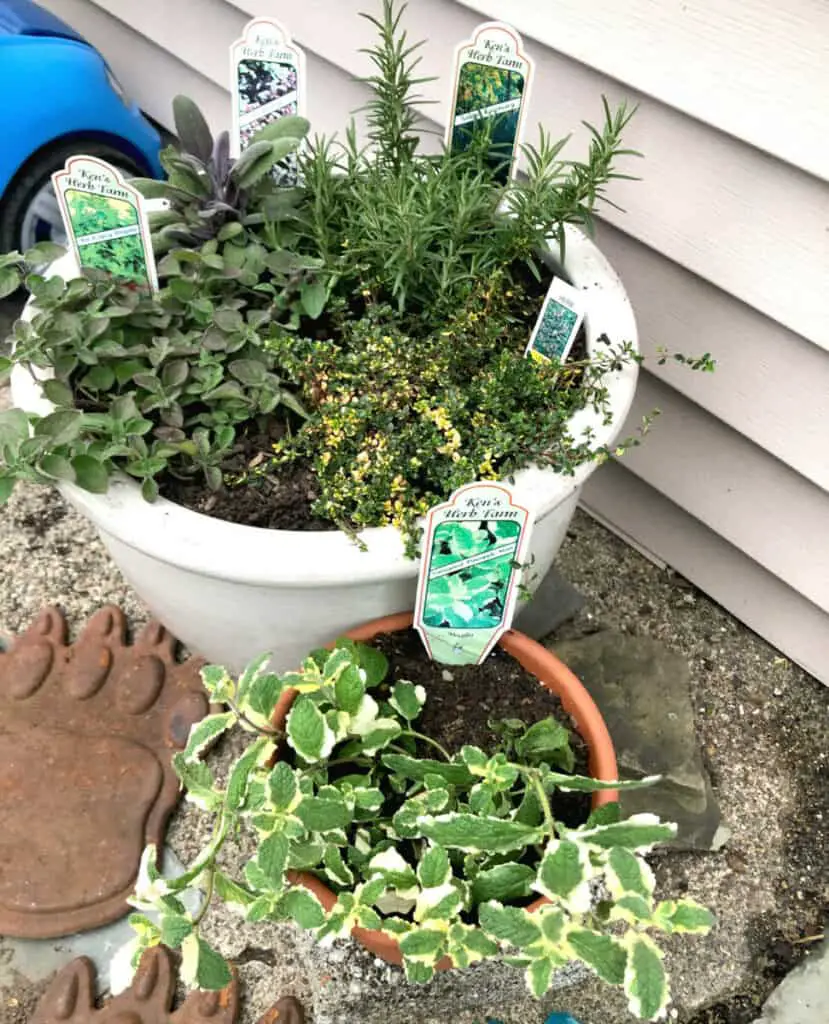
How to choose the sunniest spot for a balcony garden
Most vegetables need at least 6-8 hours of direct sunlight. Watch where the sunlight hits your balcony and for how many hours. Keep track of how the sun travels through your balcony. Put the vegetables which need the most sun in the spot where they get the most sun throughout the day.
South facing balcony would be the best place to create a balcony garden, as the south-facing balcony gets direct sunlight all day, if there are no objects to shade it, like other buildings or trees.
East-facing balcony will get direct sunlight in the morning hours. From noon onwards, the east-facing balcony will be mostly shaded so choose plants and position them accordingly.
The west-facing balcony will get direct sunlight in the afternoon, in the second half of the day. Till then it will be sitting in shade. Choose the right plants for the west-facing balcony and position them correctly as the sun travels through your balcony.
North facing balcony does not get much sunshine, and it is mostly shaded. Fortunately, there are vegetables that can grow well in partial or shade. One just has to be smart to choose the right vegetables for the conditions.
TIP: Containers dry out very quickly. They need to be watered at least once a day. In very dry climates or during hot days they might need to be watered more than once. By choosing self-watering containers for your balcony garden, you will help cut labor hours, and water usage and let your plants be supplied with water as needed.
How do I choose a balcony garden container?
- Choose containers that are the right size to accommodate plants as they mature. Do not use very small containers as they dry out faster, and the roots outgrow them quickly. The right containers for your balcony garden should have holes on the bottom for drainage.
- As the soil in containers dries faster than in garden-raised beds or an in-ground garden, a self-watering container would be the best choice.
- Choose containers that hold moisture well. Terracotta containers are an all-time favorite and classics, but the water seeps through the walls and your plants lose water through the walls. Plastic, galvanized, or glazed containers that do not seep water through walls but hold moisture well would be the best choice. To keep your patio tidy, do not use terracotta saucers either. They do leak water through the walls onto the surface below it.
- To accommodate the space of your balcony garden, choose pots that go rather vertical to save space and make the most of it. Going vertical will give you more square footage for gardening. Vertical planters, vertical gardens, hanging baskets, planter boxes railing planters, mobile planters with trellises, and tiered plant stands would be your best choice to use the most space for gardening.
- If your balcony garden goes lots of sunshine choose pots that are white or light color to help the soil keep cooler. The dark pots are good for shady sides but not for bright sides as they do warm up too much compare to lighter colors, or white colors. If your garden is in shade, or on the north and east side and needs as much warmth as possible, then use dark pots.
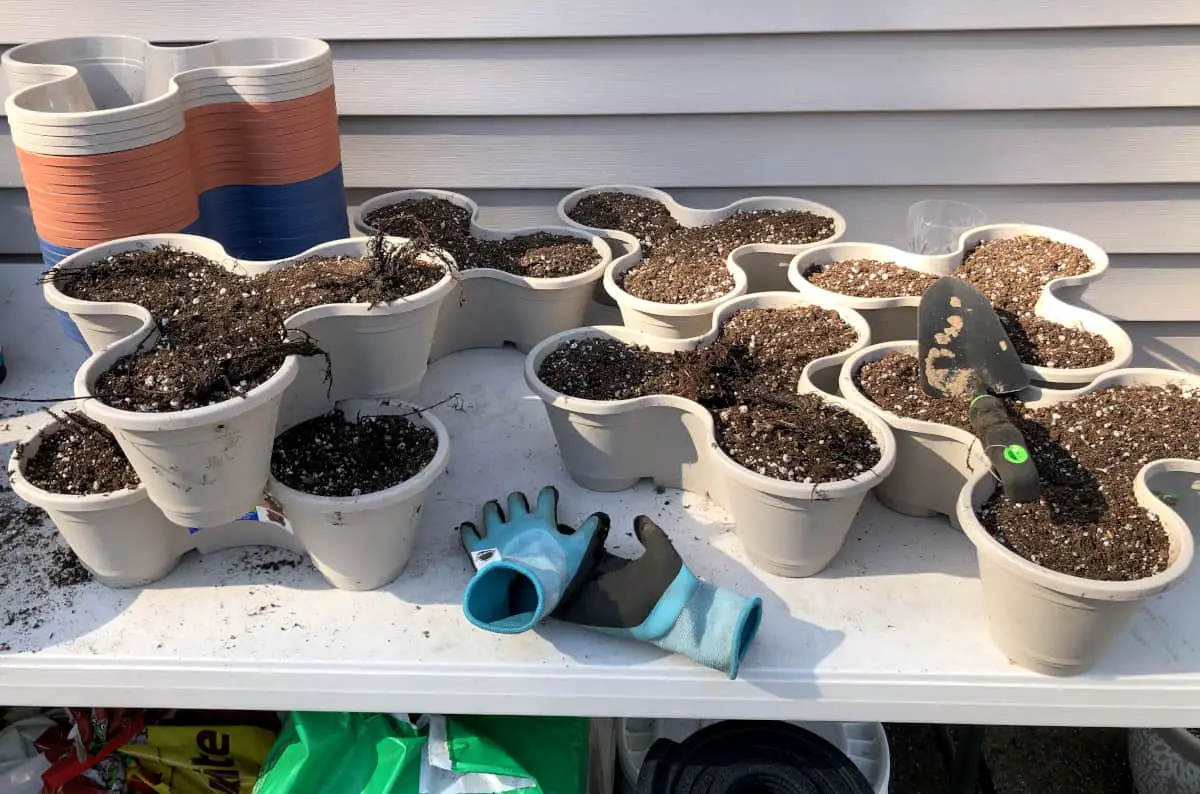
Balcony garden supplies needed
- Trowel
- Culti-hoe
- Pruner or garden shears
- Gardening gloves
- A watering can or a garden hose
- Kneeling pad
- Soil scoop, which you can buy or make your own, or use old pots to scoop the soil
Best vegetables for South-facing balcony
South-facing balcony gets the sun all day long. You can grow anything you like.
Best vegetables for East-facing balcony
Vegetables that enjoy some sun but are quite sensitive to harsh afternoon sunshine will do well on your east-facing balcony. Root vegetables such as carrots, beets, parsnips, radishes, kohlrabi, and turnips will do well. Leafy greens, spinach, and lettuce will do well. Also, garlic, green onions, peas, and of course herbs are great options for east-facing balcony gardens.
Best vegetables for West-facing balcony
The west garden gets sunshine in the afternoon when the sun shines at its peak. With about 6-8 hours of direct sunshine, you can plant almost anything you like to grow.
How to choose the right vegetables for a patio garden
Luckily there are vast vegetable varieties to choose from to accommodate most of your growing space. Choose vegetables that do not take much space but rather are sturdy and more compact in size than regular cultivars. There are dwarf size vegetables that were cultivated to fit into containers and small spaces. There is a dwarf version of any vegetable. Regular-size root vegetables are a great option for balcony gardens.
Make a list of what you and your family like to eat and grow something you enjoy when harvest time comes. Find a dwarf cultivar of that vegetable and go for it.
To help you with what vegetables you can grow that take minimum space, I have written an article Vegetables that need very little space. Also What vegetables are good for small spaces, will lead you to choose the best vegetables for your limited growing space.
With a space that is limited, one needs to be wise about how to use it to the maximum. Visit How to make the most of veggie garden space where I talk about how to utilize each space by choosing the right spot, and plants, and even how to plant in clumps to max it up. These tips apply to any garden whether small or large.
TIP: By choosing eye-catching containers and plants your vegetable balcony garden will not only be a place to grow food, but also a space to relax and entertain.
What soil to use in the balcony garden
A balcony garden is a container garden, where you grow plants in containers placed on the balcony. The best soil for a balcony garden is one that drains well, holds an adequate amount of moisture, is airy, and most important, is nutritious. Look for a potting mix that has peat moss, and coco coir to hold the moisture includes vermiculite or pearlite to drain well and to be airy, while holding moisture, and most importantly, has a good amount of organic matter such as compost, worm casting, well-aged manure. If it has rock dust that contributes its trace minerals would be helpful. Most potting mixes also have a slow-release fertilizer to keep your plants fed for 6 months.
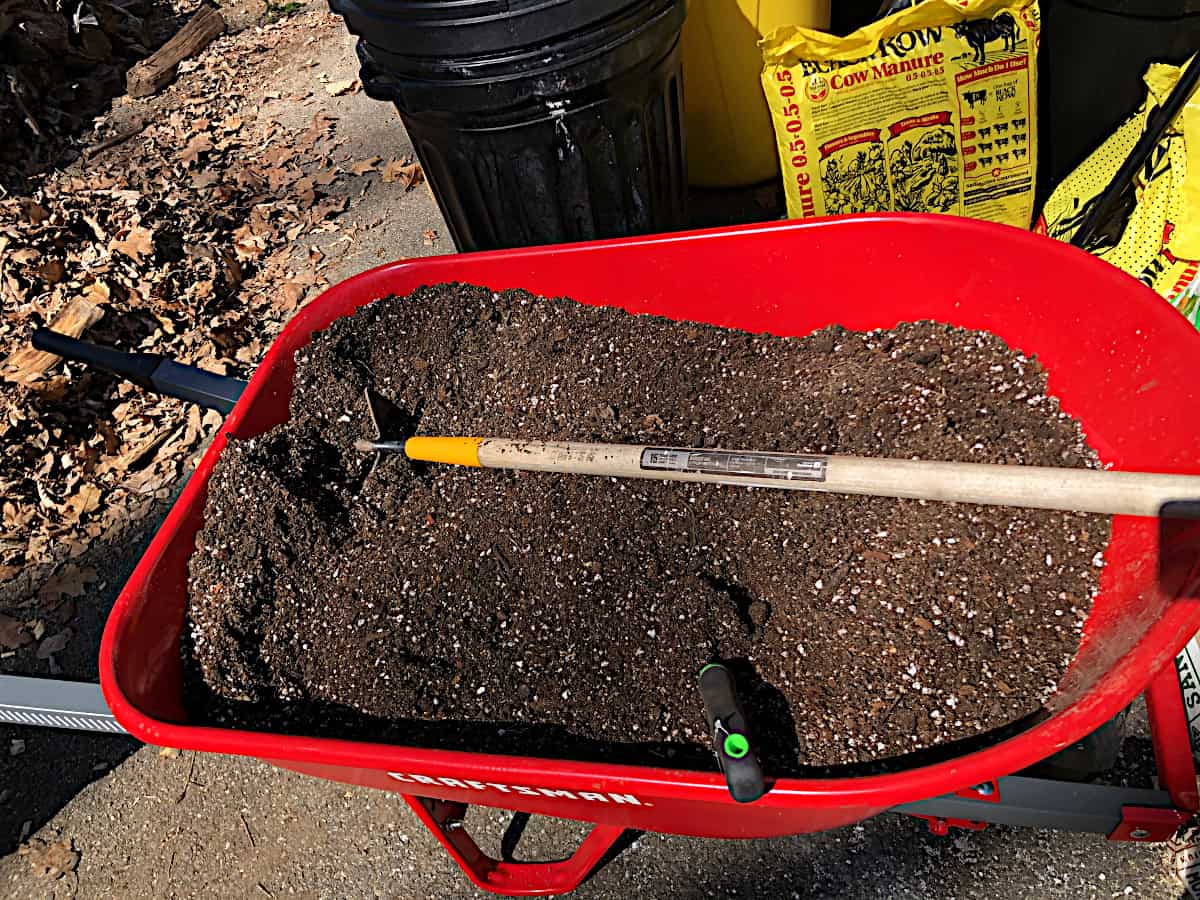
DIY potting mix for balcony garden
If you prefer to mix your own soil mix, then mix 1 part of peat moss or coco coir with 1 part of perlite and 2 parts of compost. Mix well and moisten before filling your containers with the soil. Worm casting and other organic matter can be mixed in if you desire so.
If you like more detailed information about how to set up a container garden, I invite you to visit my article How to start a container garden for beginners.
How and when to water a balcony garden
A balcony garden needs to be watered when the soil is dry a couple of inches below the surface. Use your index finger by sticking it into the soil and feel the moisture around your finger. If the soil in the containers feels dry and crumbly it needs to be watered. If the soil feels moist, it does not need watering. Avoid quick, shallow watering. Water your containers deeply and stop when you see the water run out of the drainage holes of the container. Always water your plants at the base for the most efficient watering. Avoid watering from overhead as watering overhead will distribute most of the water on the foliage of the plant and away from it. If you water overhead, you might discover that the soil around the plant might be moist, but dry at the base and under the surface of the plant where the majority of the roots are located.
Containers need to be watered more often than in an inground garden because the soil in containers dries fast. It is beneficial to establish a watering schedule. Water your balcony garden at least once a day. In dry climates or hot weather, it might need to be watered more than once a day. To help with watering your balcony garden, you might need to use garden ollas, self-watering planters, or need to install an irrigation system.
How to fertilize balcony garden plants
For the plants that are flowering in order to fruit, they need to be fed with feed that is high in phosphorus. The plants that are non-flowering, need their feed to be higher in nitrogen. Liquid fertilizers are easy to use when watering and they are quickly absorbed by the plants. However, they do not last very long and need to be used weekly or biweekly. Slow-release fertilizers release their nutrients over time therefore they are not immediately absorbed by the plants. But as they release their nutrients over time, they keep your plants fed for longer.
It is very important to feed balcony garden plants regularly for proper plant growth a yield. It is very important to keep your potted plants well-fed, there is no other way for them to get nutrition when the roots are contained. Nutrients also wash out with every watering therefore it is important to feed your plants on regular basis.
Most plants have their care instructions on the back of the seed package or should come with a label carrying the care information. Feed the plants weekly or every other week, according to the instructions your feed came with.
Label your plants
Label each plant that occupies your growing space. Labels will not only help you remember what you planted where, but can also carry care and feeding instructions, and the date to harvest, and they are helpful especially if you save seeds from your garden.
I make my own plant labels and am happy to share with you how I make them. You can make them too and never run out of them! The best part is they are completely free and last very long. For detailed photo instructions on how I make my plant labels please visit How to make your own free DIY plant labels and why.
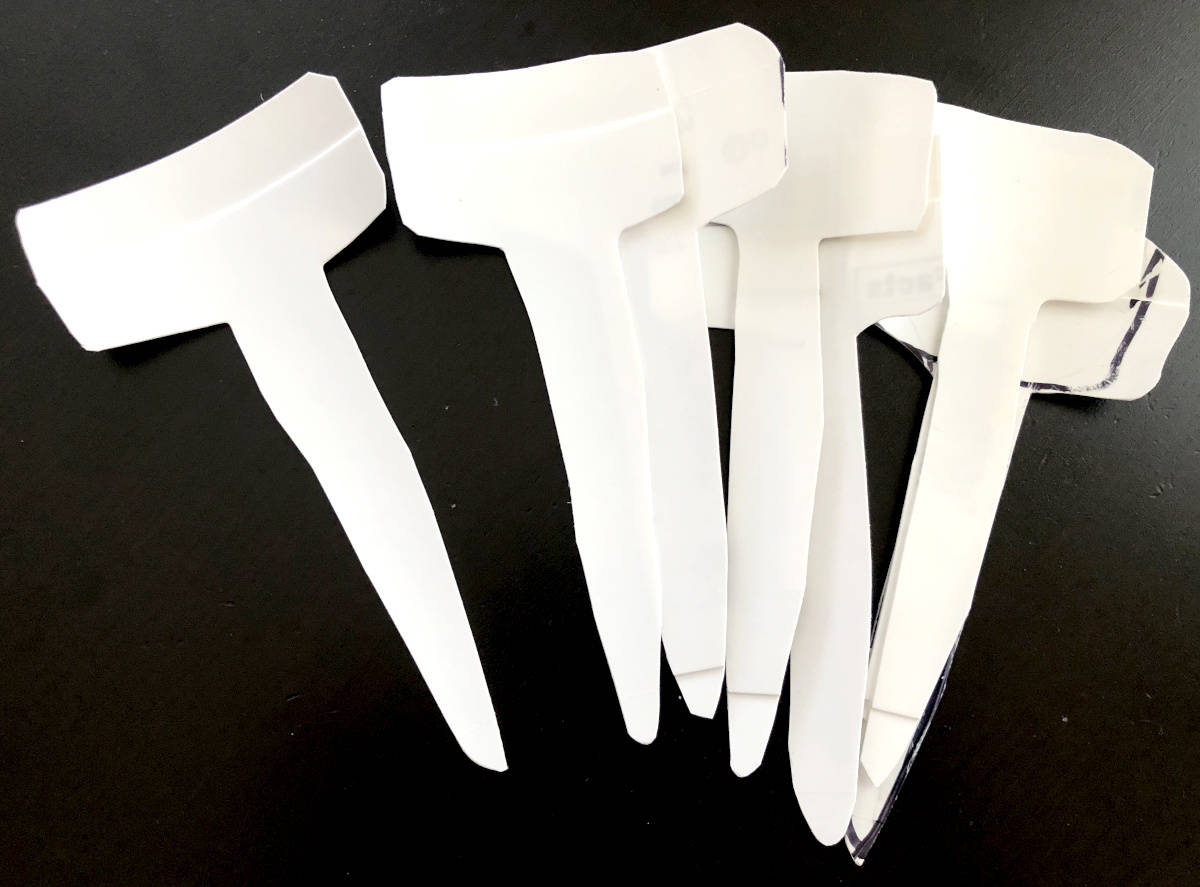
Include flowering edible plants in our balcony garden
Plant edible flowers in your balcony garden to create a beautiful backdrop, to maximize your space while creating an edible talking piece of the garden. Edible flowers you can grow in your balcony garden include flowering herbs like dill, cilantro, sage, oregano, thyme, lavender, basil, , and edible flowers like viola, sweet alyssum, pansies, Calendula, and nasturtium. You can include your edible plant in salads, as garnish to any food, in sandwiches, and on cold plates.
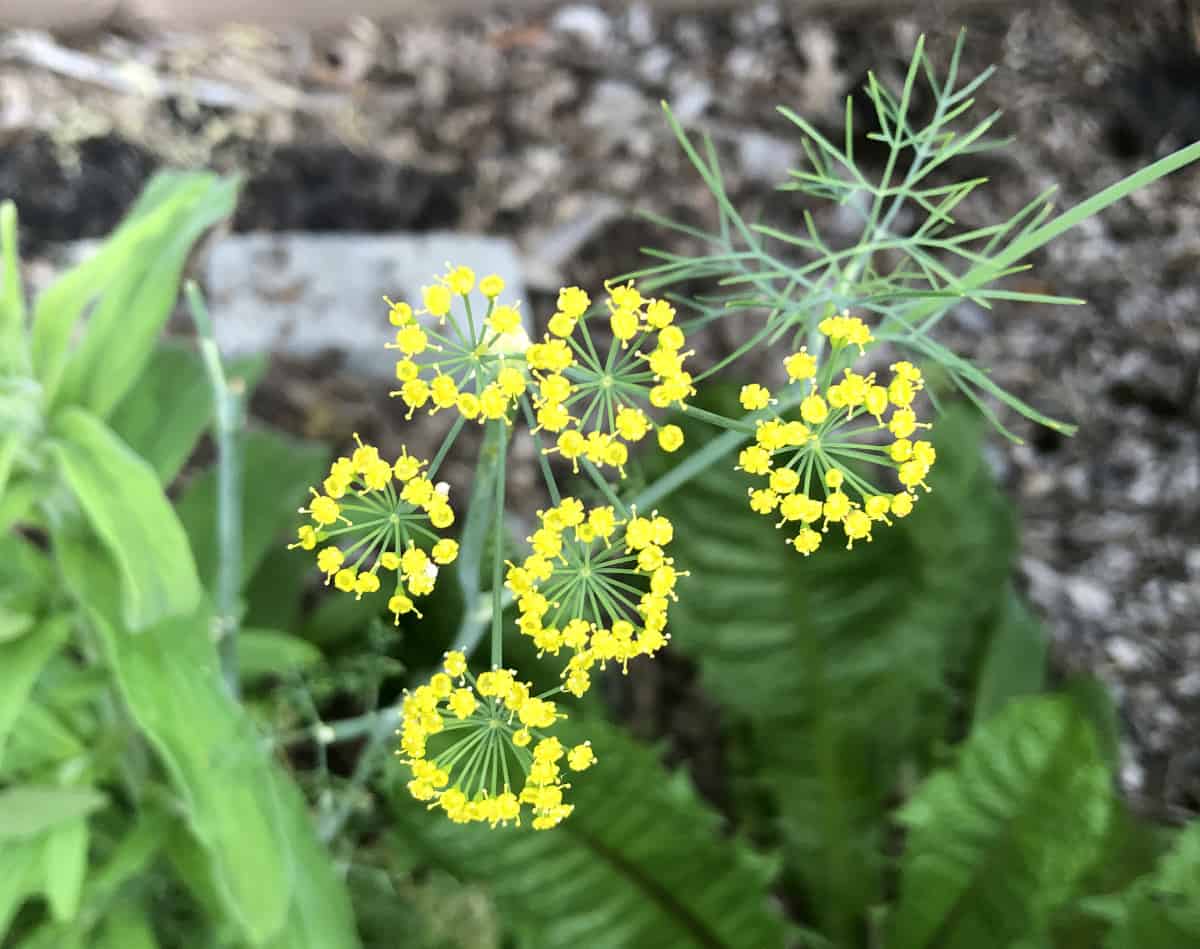
Edible flowers are always a great talking point and spark curiosity in my guests when they are offered to them. They will certainly leave your family and friends with something memorable after visiting your balcony garden.
In addition, inspect your balcony garden regularly for diseases and pests. Remove diseased or dead foliage, branches, and fruit. Protect your balcony garden from frost, or too much sun using shade covers or frost covers as needed. Support your tall and vining plants with proper support like trellises, stakes, and cages.
Use storage boxes or storage units to store your plant feed along with the tools and gardening necessities to keep them out of the way and sight.
And most important, enjoy your garden space. It is not only to work in, it is also to be enjoyed by yours, your family and friends. Use your balcony garden to relax, and eat in and entertain.
Vegetables that need very little space
What vegetables are good for small spaces?
How to make the most of veggie garden space
Most high-yielding fruits and vegetables to grow in pantry stocking garden

